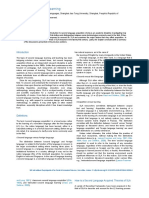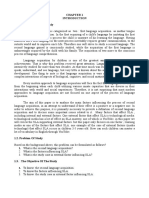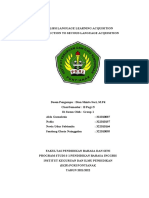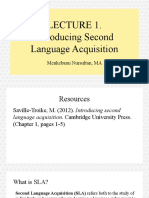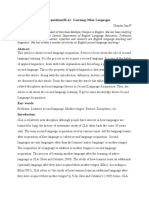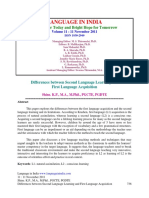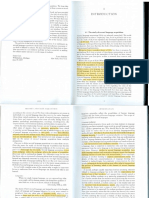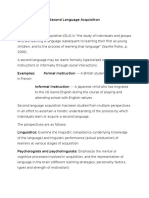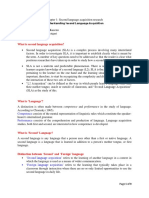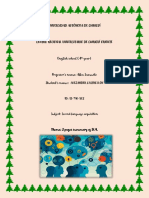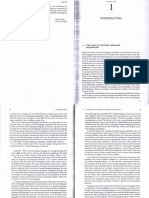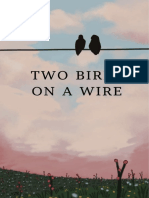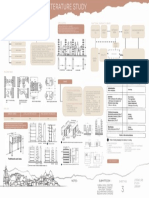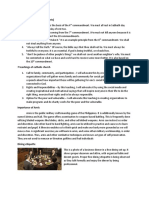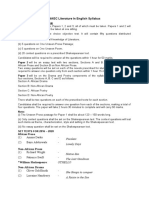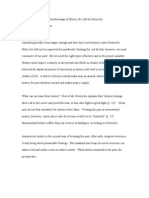0% found this document useful (0 votes)
36 views4 pagesSLA - Introduction
This document serves as an introduction to second language acquisition (SLA), defining it as the process of learning a language after acquiring a first language. It highlights the significance of SLA in a global context, the multidisciplinary nature of the field, and outlines the structure of the book, which includes various topics such as language learning contexts, theoretical views, and individual differences. The text aims to provide insights into key questions surrounding SLA and is designed to be accessible to both students and general readers interested in the subject.
Uploaded by
ស្រ៊ាង ម៉េងស្រ៊ុនCopyright
© © All Rights Reserved
We take content rights seriously. If you suspect this is your content, claim it here.
Available Formats
Download as PDF, TXT or read online on Scribd
0% found this document useful (0 votes)
36 views4 pagesSLA - Introduction
This document serves as an introduction to second language acquisition (SLA), defining it as the process of learning a language after acquiring a first language. It highlights the significance of SLA in a global context, the multidisciplinary nature of the field, and outlines the structure of the book, which includes various topics such as language learning contexts, theoretical views, and individual differences. The text aims to provide insights into key questions surrounding SLA and is designed to be accessible to both students and general readers interested in the subject.
Uploaded by
ស្រ៊ាង ម៉េងស្រ៊ុនCopyright
© © All Rights Reserved
We take content rights seriously. If you suspect this is your content, claim it here.
Available Formats
Download as PDF, TXT or read online on Scribd
/ 4




